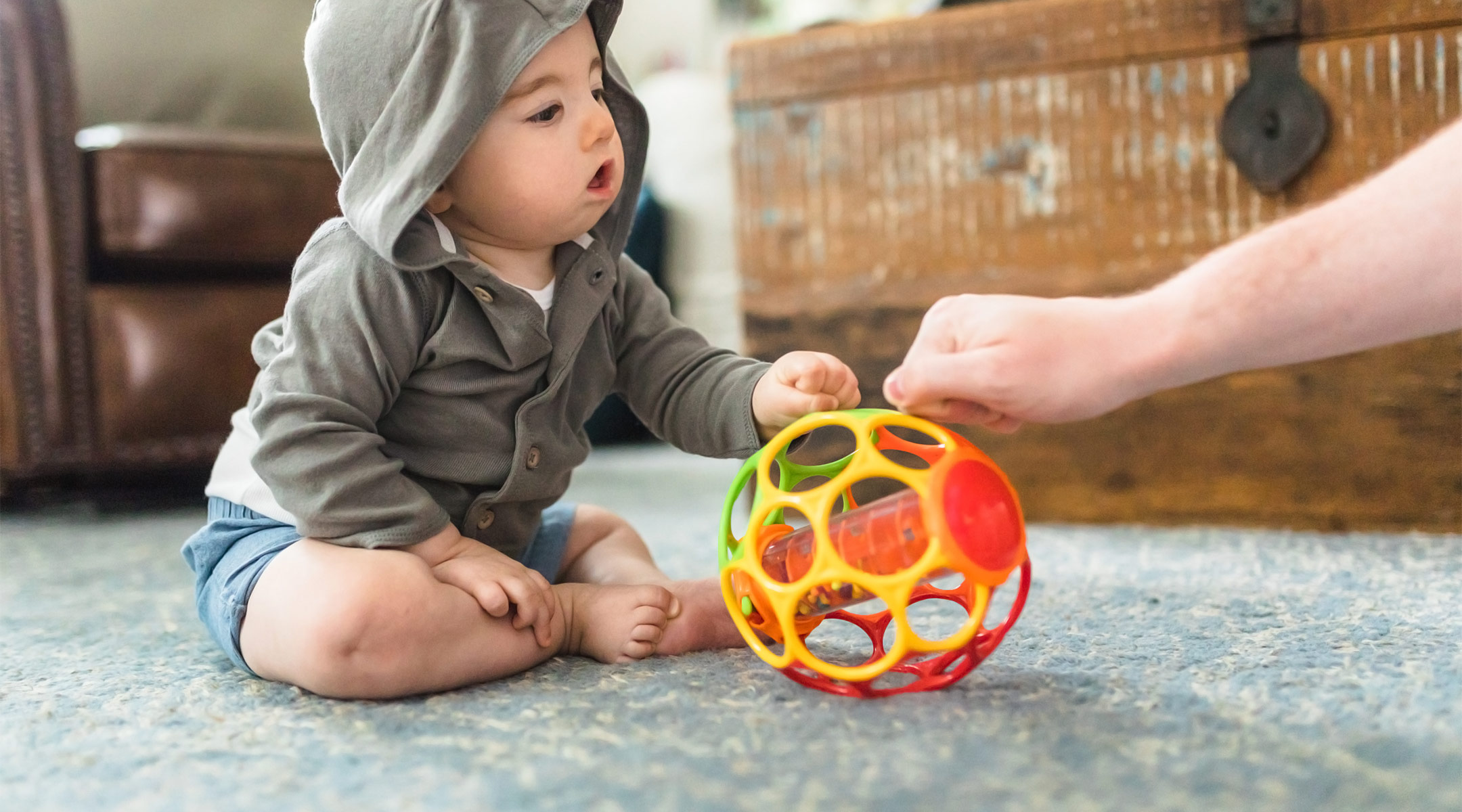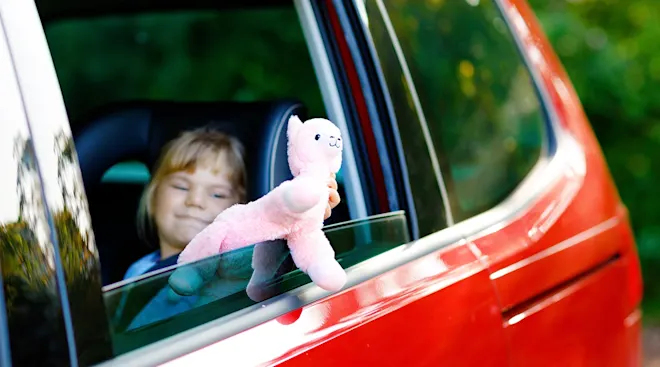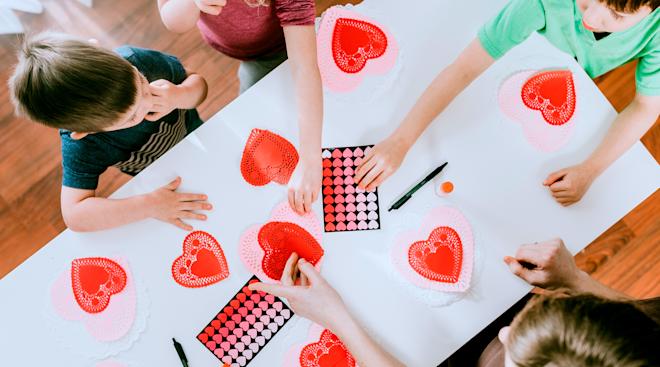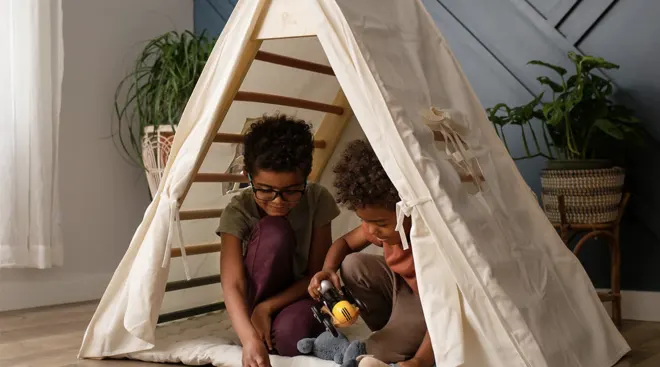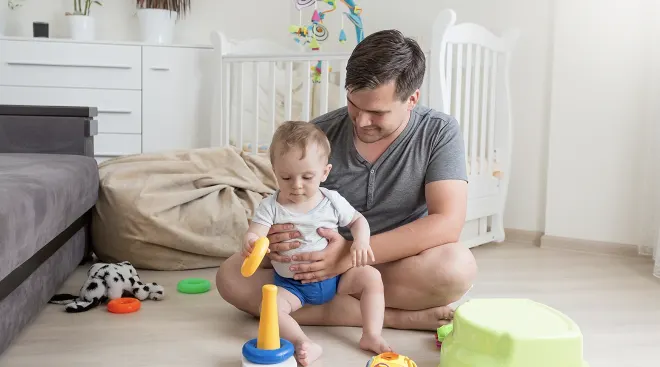7 Fun Activities to Encourage Active Play for Kids With Special Needs
The benefits of active play for children with special needs are undeniable. Active play not only enhances physical health, but it’s just as important for mental health. As a mother of a child with special needs, I always find myself wondering how I can better ensure growth and productivity for my son, Abram. I’ve found that anything I can do that encourages active play, and pride in doing it well, is when his growth and productivity increase the most.
Abram’s therapists taught me so much about how activities that are fun for Abram can also be used to teach and reinforce skill development. I always try to incorporate new forms of active play into his daily routine that help develop gross and fine motor skills as well as teach him how to interact with others. While no two children on the autism spectrum are the same, below are seven activities you might try to encourage active play for your child with special needs.
An “obstacle course”—where you come up with fun challenges your child has to complete to make it through the course—is a great physical activity that’s entertaining for kids and packed with benefits. In addition to keeping your child active, it’s a great tool to teach them to follow multi-step directions.
How you encourage your child to navigate the course will of course vary based on your child’s unique abilities, but here are some of the actions we’ve used with Abram:
- Hop 10 times down the sidewalk
- Walk backward around the mailbox
- Frog jump five times across front yard
- Wheelbarrow (if someone is there to help)
- Skip around the house
- Somersaults
- Spinning
- Finish with authentic praise: high-five/chest bump
When the weather keeps us inside, we substitute some activities, such as:
- Crab walk down the hall, or try other “walks” you can use with facial expressions, mannerisms and sounds (think: seal crawl, bear walk, frog hop, elephant walk with trunk raising and lowering, and bunny hop)
- Lunge walk across the room
- Hop on one leg from the bedroom to the kitchen
- Walk with flat feet or walk on heels with toes up (this is really beneficial for children with special needs who have a propensity to toe walk)
Obstacle courses are great for providing experience with both verbal and physical connection. For example, you can choose activities that demonstrate the difference between big and small steps. You can teach patience: It’s not always about getting somewhere fast, but about how you get there. It’s also a great activity for providing proprioceptive input. Proprioception is the ability to sense your body’s position and movement in the environment. Individuals with autism spectrum disorder often have difficulty processing proprioceptive information, but these skills can be learned through activities that focus sensations on joints and involve resistance to muscles, such as lifting, pushing and pulling heavy objects, including one’s own body weight.
Ready to try an obstacle course with your child? Start with slow, simple steps and practice listening, repeating back and then executing. You can encourage participation by involving your child in choosing the activities or the order in which they’d like to complete them. Once Abram realized he could control this activity, he loved it! Remember your currency–Abram is motivated by excessive praise when he completes a task. Once you work up to obstacle courses that involve multiple steps, you can write them down to help with reading, visualizing words and then even transition them to writing the steps down themselves.
Before Abram was verbal (and as he was emerging verbal), we played rhythm table tap at dinner time: We’d tap our hands on the table with various rhythms and have Abram repeat them. For example: Left, right, left, left with both hands tapping three times. We’d have Abram repeat the taps and follow the same rhythm. The trick is to first demonstrate an easy rhythm and then increase speed, timing and complexity. Ease into tapping by using repetition and a familiar tune or song.
Abram often refuses to eat at the dinner table, but we found that rhythm tapping is fun and gets him to be silly, taking his focus away from refusing to eat. This taught Abram how to stay at the table, which is our family time.
Rhythm tapping teaches skills such as mimicking and repeating learned words or phrases at any given time (otherwise known as echolalia). While these repetitions are typically blurted out at random moments without a clear meaning, children with verbal delay—which includes many children with autism—sometimes use these in an attempt to communicate. Think about babies learning to speak: we say “mama” and hope they’ll repeat it. The concept is the same with tapping, with the goal of encouraging interaction and learning.
Group toys or other items based on their similarities. In addition to sorting, this activity teaches association, creativity and labeling. You can try this for kids of all ages with pretty much any toy, and customize categories and level of difficulty based on individual learning needs.
For example, you can ask your child to put all the green items in the box, or pick out all the items shaped like a square. Other example sorting categories include:
- Color
- Shape
- Size
- Product (pens, pencils, crayons, etc.)
- Things that roll
- Pictures—people who are sad, happy, mad, laughing, crying, etc.
- Outdoor activities vs. indoor activities
- Household products (bathroom, bedroom, kitchen, etc.)
Because this game has so many different options and components, start simple. Pick items that are familiar to your child and demonstrate how to match the items. You can let your child be the teacher by allowing them to pick the category, with you as the sorter. This can be as interactive as you’d like.
Classic games such as Candy Land, Chutes and Ladders, Simon Says, Red Light/Green Light and Uno are all great teaching tools that encourage active play. These games teach children how to follow directions, count, take turns and recognize sounds, colors and numbers.
There can be additional benefits to motor skill development; for a child with gross motor concerns, teaching them how to pick up a card is a huge accomplishment. Another major benefit of these classic games is that they help teach kids how to interact with others, and how to lose gracefully and be a good sport. I have to put my competitive nature aside and sometimes lose on purpose so I can model for Abram how to keep calm when I lose and how to congratulate the winner.
When starting off, you can simplify the rules. For example, we introduced Uno by removing the reverse and wild cards. Once we got the hang of it with the simple number cards, we introduced the complex cards. We even learned how to say the numbers in different languages. Once we found an activity that would hold Abram’s attention, we maximized every opportunity to teach a new skill.
Have your child lay face down on the ground. Place a giant exercise ball on top of their legs and then roll on top of the ball. Sounds crazy, right? When this was recommended by one of Abram’s therapists, I was terrified to try it. But he absolutely loved it when I laid my entire body weight onto the ball and rolled up the back of his legs and to his back and shoulders. Abram would giggle and then ask me to do it again.
The intense pressure can be calming—just think about when you receive bad news and need a deep bear hug from someone you love. The pressure from a hug is comforting and soothing, which is what this activity mimics. It’s perfect to try when your child needs to reset and refocus. By creating external pressure on the muscles, this activity provides sensory input that helps with proprioceptive processing.
We worked our way up to this activity, starting with other weighted pressure techniques. Our therapists had previously introduced weighted lap or shoulder pads, which had a very calming effect on Abram. Knowing that he responded so well to those other techniques, our therapists recommended this as a more interactive approach that would mimic that powerful connection of a bear hug.
Have your child sit in a swing, twist up the rope and then release it so the swing spins. This can be a regular playground swing, therapeutic swing or cloth swing at home—they’ll all do the trick!
It may look like it’d be nauseating, but it’s actually really calming for some children with special needs. A swing by itself can provide calming pressure and motion for children with sensory processing issues. The added spinning motion creates additional force that can help center and reset their minds. For Abram, the spinning motion brings him back to center and stops the external world from seeming to spin around him.
When trying this out, allow your child to get comfortable in the swing and then start with smaller twists to minimize the speed and number of spins.
Get in a “crab walk” pose—sitting on your butt with your hands and feet underneath you, propping you up off the ground—and put the corner of a small throw pillow in your mouth. Crawl around and try to smack your opponents with the small pillow. If you hit your opponent, you win and get to take their pillow!
It’s meant to be a very silly game and can be a great way to ease stress, let loose and have fun. This game always results in happy giggles in our house. It can be a great tool when you need to calm a noisy situation, since it’s hard to talk with a pillow in your mouth!
As parents, it’s extremely important to observe how your child responds to certain activities. I highly recommend watching and participating in therapy sessions to help guide what activities to introduce, from those that reinforce skills to activities that provide your child with a sense of pride and accomplishment. Encouraging active play can be challenging, but they can also offer wonderful long-term benefits and help our kids continue to grow and develop.
Published February 2019
Rose Morris is the founder and president of Abram’s Nation. After struggling to find a solution to keep her son Abram, who is on the autism spectrum, safe at night, she designed and developed The Safety Sleeper, the first and only enclosed bed system of its kind. From the flagship Safety Sleeper introduced in 2009, Rose has expanded her innovative product offerings to include durable medical-grade equipment, sensory products and a wearables line of adaptive clothing. She was named Exporter of the Year by the US Small Business Administration in 2017 and accepted a 2018 appointment to the Western Pennsylvania District Export Council. Follow Abram’s Nation on Facebook and Instagram.
Navigate forward to interact with the calendar and select a date. Press the question mark key to get the keyboard shortcuts for changing dates.
































